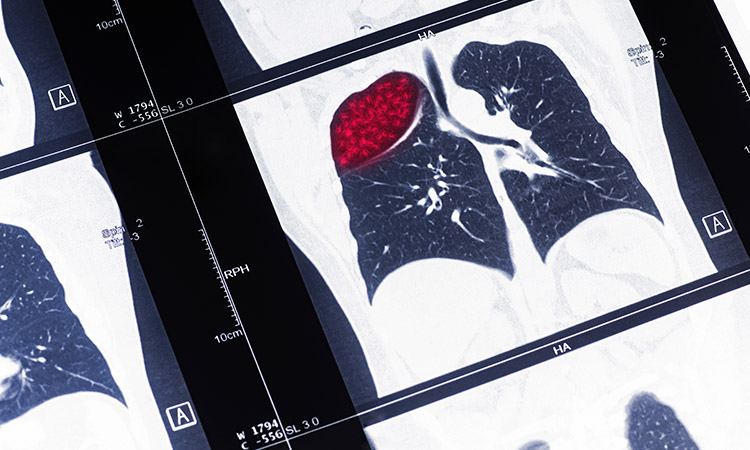
This week is Respiratory Care Week, a global effort to recognize the importance of lung health and respiratory care providers.
Celebrated in the last week of October each year, this is a time to consider how pervasive and destructive but heavily underestimated respiratory issues can be. Chronic and deadly respiratory diseases affect hundreds of millions of people all around the world. In the United States alone, where lung cancer is prevalent and diseases caused by toxic substances such as asbestos account for thousands of deaths each year, diagnoses are on the rise.
Many of these deaths could have been prevented, making awareness campaigns crucial for prevention. Here’s what you should know about Respiratory Care Week and how to show your support.
What Is Respiratory Care Week?
Established by the American Association for Respiratory Care (AARC), Respiratory Care Week calls primarily to the respiratory care profession, encouraging medical professionals and therapists to educate communities about lung health.
This year’s theme is “Respiratory Care: Changing the World One Breath at a Time.” AARC provides a planning guide on its website containing ideas for ways individuals and communities can participate in this movement. You can simply join in conversations about respiratory disease on AARC’s social networks. You could organize a fundraiser, such as a run or local fair, to support respiratory research. Respiratory professionals, students and teachers will be great resources to talk to and to help organize educational programs and screenings at schools and other local venues.
You don’t need to be a medical professional to educate your community about respiratory health. The first-hand experiences and knowledge of patients, families and advocates, who have compelling stories to tell, can be just as informative and perhaps even more influential.
Why Tell Your Story?
Although respiratory diseases and cancers are so pervasive across the country, many are misunderstood. Lung cancer, for example, is by far the leading cause of cancer death among both men and women, but is widely considered a “smoker’s disease.” While smoking causes 90 percent of lung cancer cases, the other 10 percent is attributed to factors like exposure to carcinogens (cancer-causing substances), of which fewer people are aware.
One of these, asbestos, is perhaps the most misunderstood of them all. The dangers of this mineral, which manufacturers of asbestos-containing products were eager to cover up, were discovered relatively recently. Through most of the 20th century, asbestos companies’ workers were unknowingly exposed to this hazard every day and only now face diagnosis of diseases like mesothelioma, a deadly and incurable asbestos-caused cancer whose symptoms take decades to develop. There are approximately 3,000 new cases every year.
Mesothelioma represents the sheer injustice of respiratory disease. These diseases aren’t just caused by factors within our own, individual control; in many cases, they’re caused by air pollutants and carcinogens, much of which is due directly to the carelessness of big business.
The manufacture of asbestos-containing products is still permitted in the U.S. Without more widespread knowledge of this, Americans will continue to die from diseases they should have never developed.
For survivors, families and caregivers affected by mesothelioma and other avoidable respiratory diseases, Respiratory Care Week is an opportunity to speak up. If your experiences can educate even one person about the risks of toxic substances, this is still one precious life you may have saved. One breath at a time, united by our common cause, we can all collectively make a big difference in the world by bringing attention to the horrors of respiratory illnesses.




